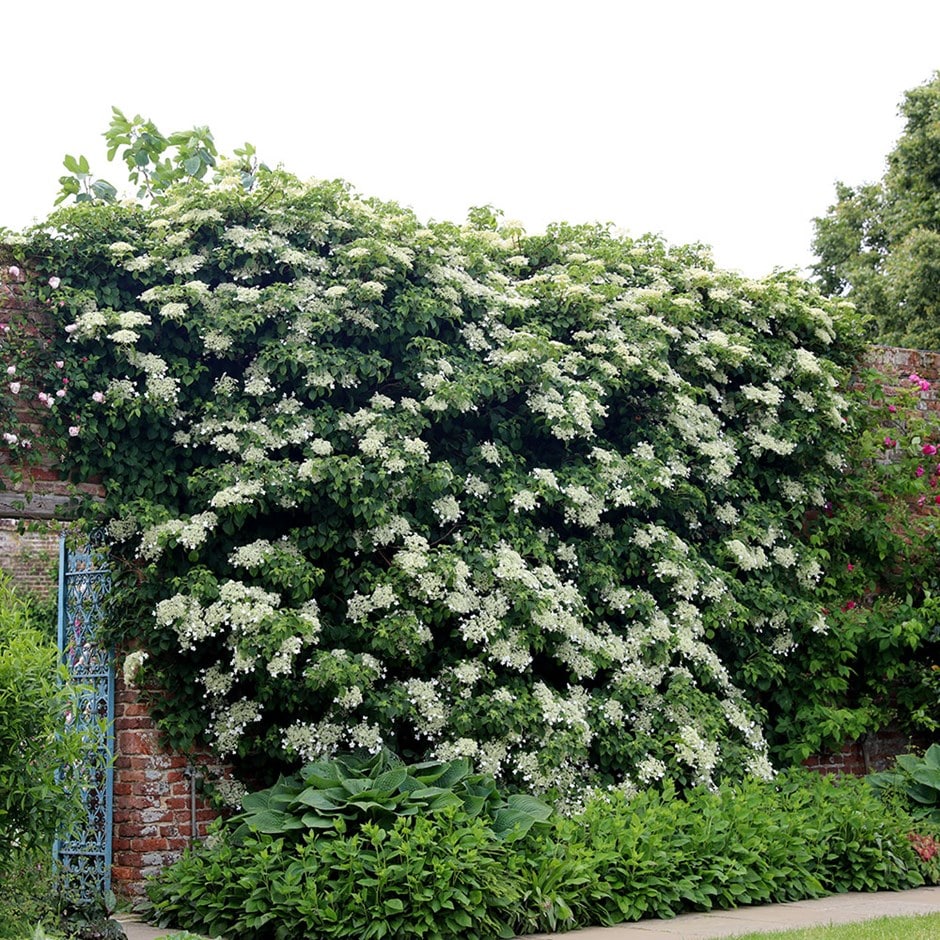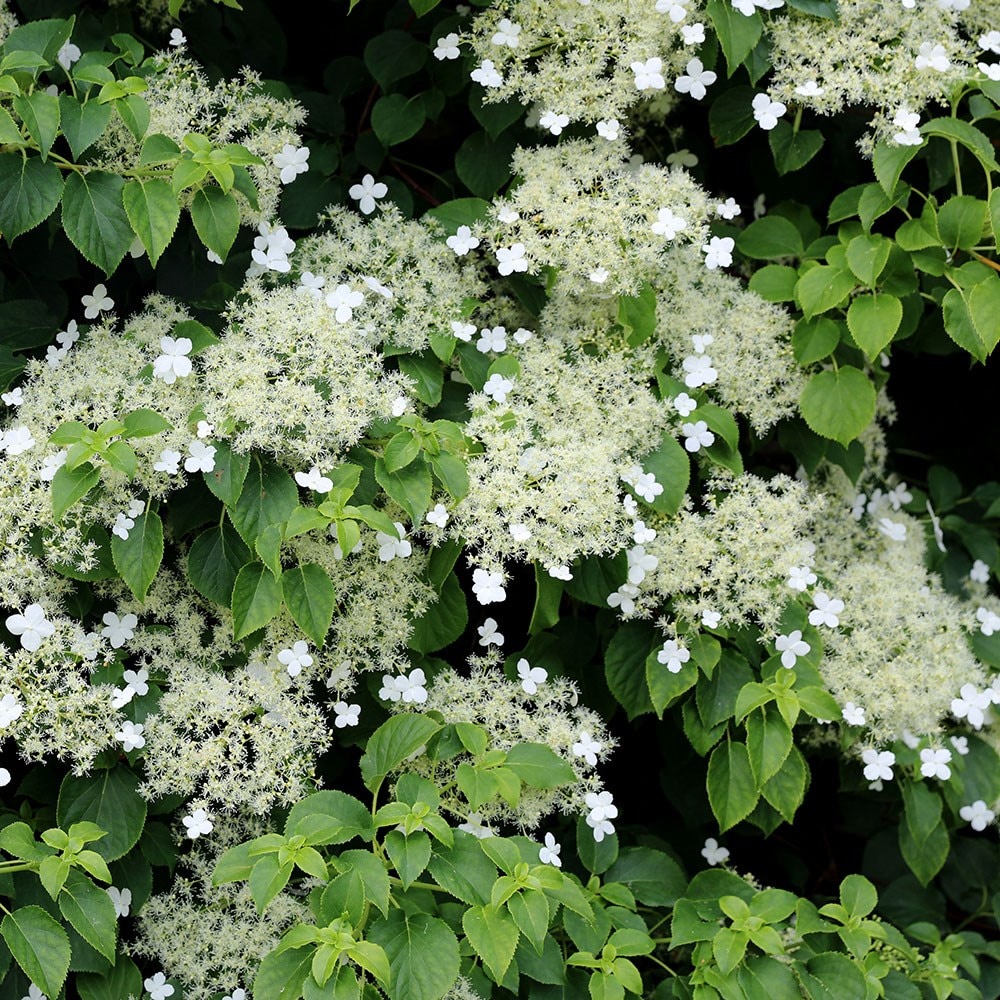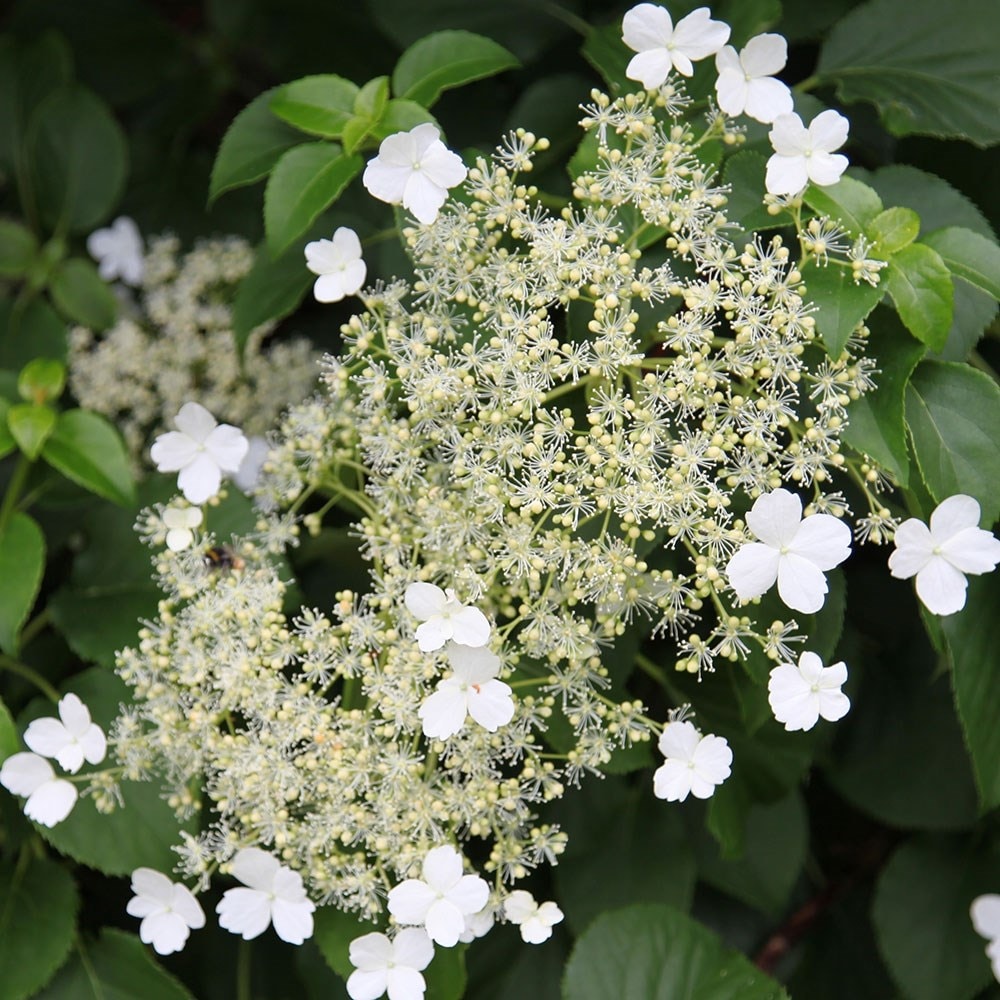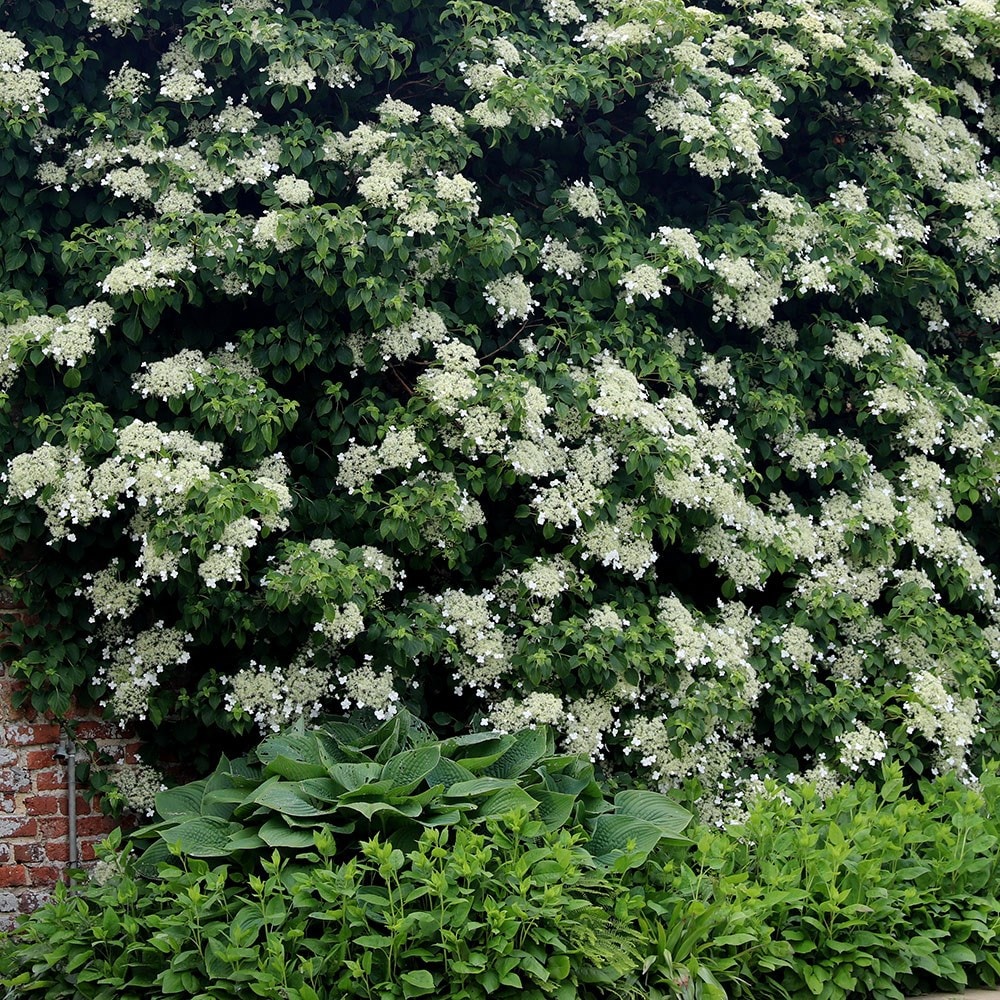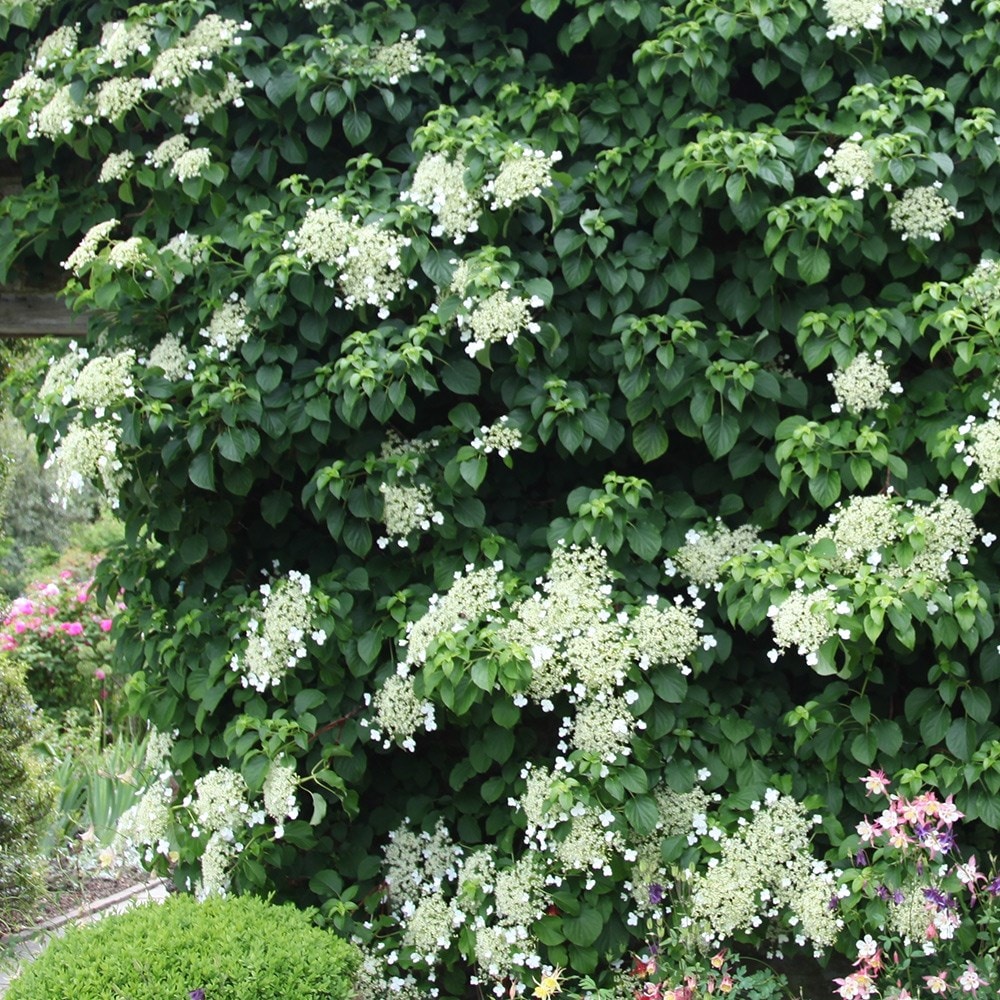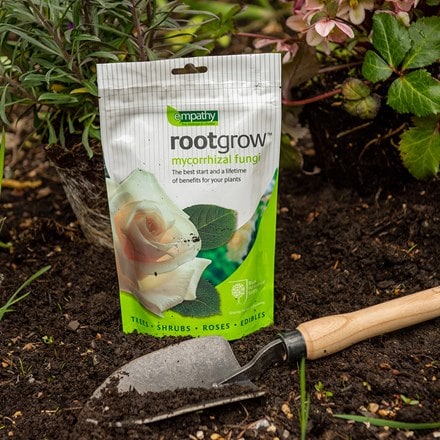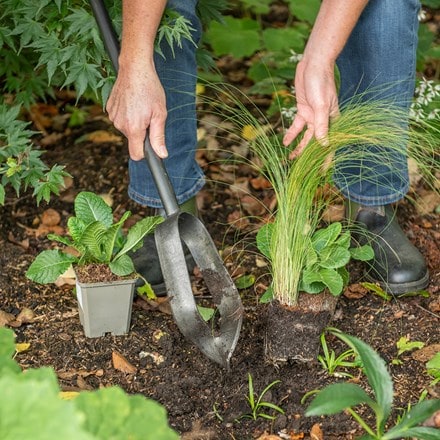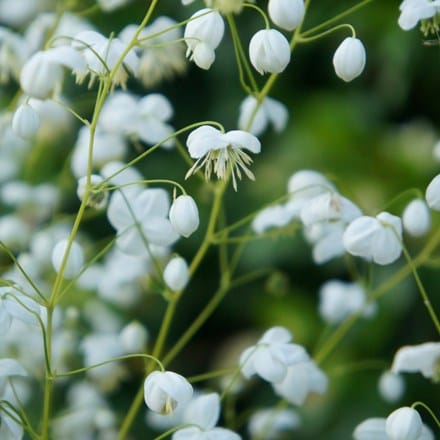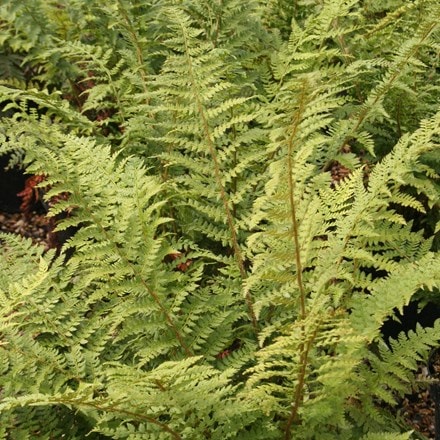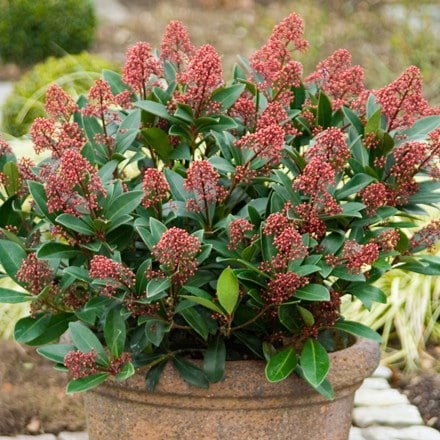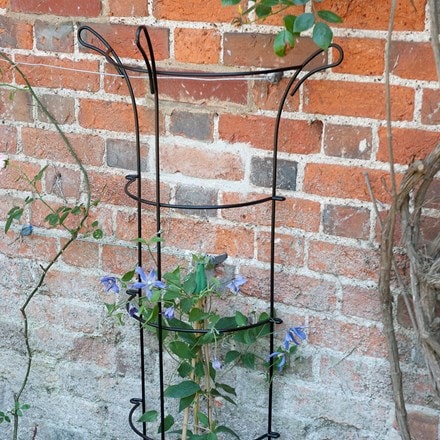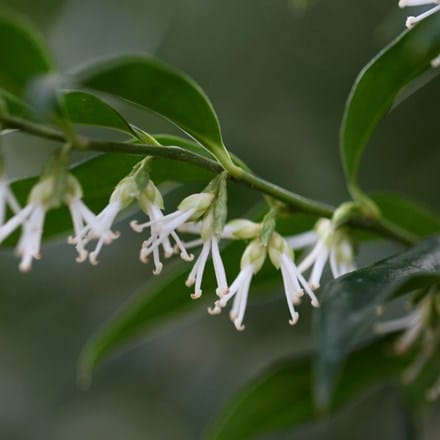Hydrangea anomala subsp. petiolaris
climbing hydrangea
A tough and reliable climber, this self-clinging hydrangea is ideal for covering north-facing walls and fences where other plants find...
Wispy lacecap, with a pincushion of tiny white flowers surrounded by the occasional full floret, on this self-supporting deciduous climber.
GOES WELL WITH
August pruning of trees, shrubs and climbers
Late summer is the best time to prune many midsummer-flowering shrubs to keep them vigorous and flowering well. It is also the ideal time to prune several trees that are prone to bleeding if pruned at other times, and it’s not too late to complete the pru
Read full articleHydrangeas - which one to choose?
Hydrangeas come in many guises, but the blue and pink mopheads and lacecaps that flower in summer are generally forms of Hydrangea macrophylla, an Asian species that prefers lots of summer rainfall and drier winters. This can be tricky in drier gardens, b
Read full articleSelf clingers
Take advantage and do some early spring planting, but only on clement days. You can never have too many climbers and twiners, and now is the ideal time to get them in. They take up little ground space, so they’re perfect for smaller plots, and then they g
Read full article


